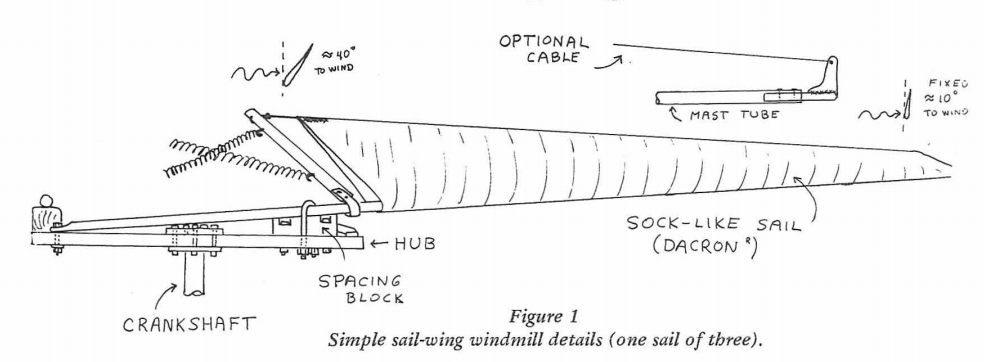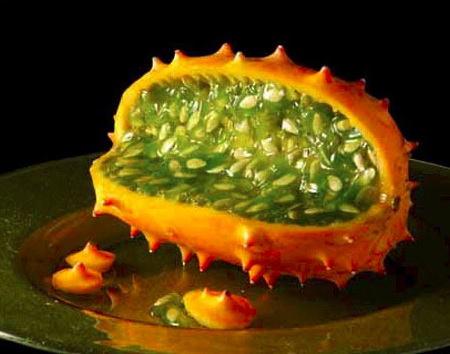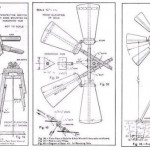- I’ve rented DVDs from Netflix for half my life – streaming is a poor substitute. [The Guardian]
- The Glorious Return of a Humble Car Feature. “Automakers are starting to admit that drivers hate touch screens. Buttons are back!” [Slate]
- Agriculture in the Ancient Maya Lowlands (Part 2): Landesque Capital and Long-term Resource Management Strategies. [Journal of Archaeological Research] “We demonstrate long-lasting agricultural investments by Maya people, in social capital including multigenerational land tenure, in cultivated capital including long-lived trees, and in landesque capital including soil amendments and landscape engineering projects, such as terracing and wetland modification.”
- Archaeologists are unlocking the secrets of Maya lime plasters and mortars. [ars technica]
- When innovation goes south: The tech that never quite worked out. [ars technica] “We don’t need new gadgets; we need to use antibiotics more sparingly.”
- “RAIN was planting the seeds”: An Interview with Tom Bender, co-editor of RAIN: Journal of Appropriate Technology. [Open Edition Journals]
No Tech Reader #39
No Tech Reader #35
- A hundred and nineteen things a punkist should know. [http://www.punk.ist]
- Firewood will save the West. [Unherd] “Our dysfunctional society must return to the hearth.”
- ‘Luddite’ Teens Don’t Want Your Likes. [NYT] “When the only thing better than a flip phone is no phone at all.”
- Papers and patents are becoming less disruptive over time. [Nature] “We find that papers and patents are increasingly less likely to break with the past in ways that push science and technology in new directions. Overall, our results suggest that slowing rates of disruption may reflect a fundamental shift in the nature of science and technology.”
- Assessing the effectiveness of energy efficiency measures in the residential sector gas consumption through dynamic treatment effects: Evidence from England and Wales. [Energy Economics] “This paper disentangles the long-lasting effects of energy efficiency technical improvements in UK residential buildings. The installation of energy efficiency measures is associated with short-term reductions in residential gas consumption. Energy savings disappear between two and four years after retrofitting by loft insulation and cavity wall insulation, respectively. The disappearance of energy savings in the longer run could be explained by the energy performance gap, the rebound effect and/or by concurrent residential construction projects and renovations associated with increases in energy consumption. Notably, for households in deprived areas, the installation of these efficiency measures does not deliver energy savings.”
- Mapping Four Decades of Appropriate Technology Research: A Bibliometric Analysis from 1973 to 2021. [Sains Humanika] “The purpose of the study is to examine the publication trends, collaborative structures, and central themes in appropriate technology studies.”
- Life in the Slow Lane. [Longreads] “Cooking all day while the cook is away. How the slow cooker changed the world.”
- Can a Robot Shoot an Olympic Recurve Bow? A preliminary study. [National Taiwan Normal University]
- Amnesty, Yes—And Here is the Price. [Charles Eisenstein] “The invisible workings of the Covid machine must be laid bare if we are to prevent something similar from happening again.”
- Reduce, re-use, re-ride: Bike waste and moving towards a circular economy for sporting goods. [International Review for the Sociology of Sport] “This study focuses on the bike and its role in global waste accumulation through various forms of planned obsolescence.”
- Civilian-Based Defense: A Post-Military Weapons System. [International Center on Nonviolent Conflict]
- Millionaire spending incompatible with 1.5 °C ambitions. [Cleaner Production Letters]
- Radical online collections and archives. [New Historical Express]
New Alchemy Institute
From 1971 to 1991, the New Alchemy Institute published its research and activities in a variety scientific journals, including its own journals and quarterlies — these are now online.
Hacking Consumer Electronics: The Low-tech Way
The paragraphs below are taken from “100 Deadly Skills: The SEAL Operative’s Guide to Eluding Pursuers, Evading Capture, and Surviving Any Dangerous Situation“, a book that’s not available on WikiLeaks but on Amazon. Written by a retired Navy Seal, Clint Emerson, the book describes skills “which all rely on low-tech or no-tech tools, because complicated instructions are the last thing you need when facing imminent peril”.
Skill No.55: TURN A SPEAKER INTO A MICROPHONE
 “Stashing a voice-activated recording device in a target’s room or vehicle is relatively simple, but without sound amplification, such a setup is unlikely to result in audible intelligence — a proper audio-surveillance system requires amplification via microphone. In the absence of dedicated tools, however, the Nomad can leverage a cell phone, an audio jack, and a pair of headphones into an effective listening device.”
“Stashing a voice-activated recording device in a target’s room or vehicle is relatively simple, but without sound amplification, such a setup is unlikely to result in audible intelligence — a proper audio-surveillance system requires amplification via microphone. In the absence of dedicated tools, however, the Nomad can leverage a cell phone, an audio jack, and a pair of headphones into an effective listening device.”
“Because microphones and speakers are essentially the same instrument, any speaker — from the earbuds on a pair of headphones to the stereo system on a television — can be turned into a microphone in a matter of minutes. The simple difference between the two is that their functions are reversed. While a speaker turns electronic signals into sound, a mic turns sound into electronic signals to be manipulated and amplified…”
“Any small recording device can be employed, but using a phone set to silent and auto answer as a listening device has two advantages: It captures intelligence in real time and does so without the operative having to execute a potentially dangerous return trip on target to collect the device…”
From: “100 Deadly Skills: The SEAL Operative’s Guide to Eluding Pursuers, Evading Capture, and Surviving Any Dangerous Situation“, Clint Emerson, 2015.
Lost Crops of Africa
“Like Asia and the Americas, the continent of Africa is blessed with a rich tropical flora. Many of the 50,000 or so plants that evolved within its forests and savannas ripen fruits to tempt the myriad wild creatures into spreading their seeds. Speaking generally, Africa has as many of these tasty morsels as tropical Asia or America.
This fact, however, is something one would never guess by looking in produce markets or college textbooks. Today, American and Asian species dominate tropical fruit production worldwide, including within Africa itself.
For this, there is good reason. Africa’s fruits have not, by and large, been brought up to their potential in terms of quality, production, and availability. Geographically speaking, few have moved beyond Africa’s shores; horticulturally speaking, most remain poorly known. Thus, the vast continental landmass lying between Mauritania and Mauritius contains a cornucopia of horticultural, nutritional, and rural-development jewels still waiting to be cut and polished.”
- Lost Crops of Africa: Volume 1: Grains (1996)
- Lost Crops of Africa: Volume 2: Vegetables (2006)
- Lost Crops of Africa: Volume 3: Fruits (2008)
The three volumes can be consulted online at The National Academic Press. Previously: Lost crops of the Incas. Via Avantgardens.
Agricultural Heritage Systems
 Six traditional farming systems in China, Iran and South Korea known for their unique characteristics and approaches to sustainability have been designated Globally Important Agricultural Heritage Systems (GIAHS) by the Food and Agriculture Organization of the United Nations (FAO).
Six traditional farming systems in China, Iran and South Korea known for their unique characteristics and approaches to sustainability have been designated Globally Important Agricultural Heritage Systems (GIAHS) by the Food and Agriculture Organization of the United Nations (FAO).
They include Iran’s Qanat Irrigation system, an ancient network of farms that have survived for nearly three millennia; a 22-thousand-kilometer system of black stone walls built from volcanic rock in Jeju, South Korea; and the traditional Gudeuljang Irrigated rice terraces in Cheongsando, South Korea.
Also on the list are a trio of sites in China: the unique Xinghua Duotian Agrosystem, famous for its method of water-land utilization; the historic Jasmine and Tea Culture System of Fuzhou City; and, the Jiaxian Traditional Chinese Date Gardens. The sites were officially recognized during the 28-29 April meeting of the GIAHS Scientific and Steering Committee at FAO headquarters in Rome.
These new designations bring the number of GIAHS systems to a total of 31 sites located in 14 countries in Africa, Latin America and Asia. The sites are considered models of innovation, sustainability and adaptability, delivering important benefits to the ecosystem. The GHIAS website has extensive documentation about most of these agricultural heritage systems. Picture: The Jasmine and Tea Culture System of Fuzhou City, China.







